
As a NASA Astronaut, John Herrington has journeyed into space aboard the Space Shuttle and space walked at the International Space Station. On Inside Hubble's Final Mission he takes the cameras of National Geographic to give you a rare behind the scenes look at the people places and things that have prepared the crew and the Space Shuttle Atlantis for our final voyage to the Hubble Space Telescope. Together we will guide you on a remarkable journey into the heart of NASA's Kennedy Space Center, the home of the Space Shuttle fleet, to the training sessions and simulators at the Johnson Space Center in Houston, TX. Written by National Geographic.

The Hubble Space Telescope has given the scientists an unprecedented views of the universe.
The Hubble Space Telescope is old, so...
Ready to repair the Hubble Space telescope.
No room for error.
The astronaut is preparing for the mission.

Kennedy Space Center.
Lift the Space Shuttle to the Mobile Launch Platform.

External tank
Mobile Launch Platform
Laser guided the Mobile Launch Platform to the precise position.
Astronauts will pass through this water-sprayed tunnel.
During passing through the water-sprayed tunnel, the arrows would guide astronauts to the
right position.
Safety device.
The net would catch the basket.
These chains used to absorb the energy of the basket. Note that the size of these chains
from thin to thick as well as 2 chains, 4 chains, to 6 chains.
The below right of the photo, the arrows used to guide the astronauts to the bunker.
Sound Suppression. Used droplets in the air to absorb the energy of the space shuttle.


Astronauts will remove Hubble's WFPC2 (Wide Field and Planetary Camera 2) to make room for WFC3. The camera's range is much greater than that of the WFPC2. The camera will be able to see 90 times more objects than the current camera.
Battery.
Hubble's batteries store the energy that powers the telescope during the "nighttime" portion of its orbit, when the Earth blocks the Sun's rays. Astronauts will replace all six of Hubble's 125-pound batteries with new, more effective versions.
A
spectrograph is an instrument that breaks light into its component colors, revealing information about the object emitting the light. COS sees exclusively in ultraviolet light and will improve Hubble's ultraviolet sensitivity at least 10 times, and up to 70 times when observing extremely faint objects.
Hubble needs a new power supply circuit board, but the electronics access panel was never meant to be opened and is attached by 111 small screws. Engineers created a
"fastener capture plate" that fits over the top of the panel and captures the screws in the plate.
Space suit.
The hole used to monitor the status of the astronaut during the flight.
Connect the water cooling pipe.
Thermal control.
The astronaut uses the mirror to control the vital system including thermal control.
Mini workstation
Camera
Space Shuttle simulator










































































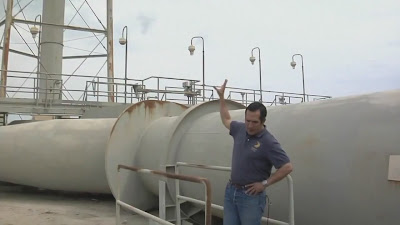

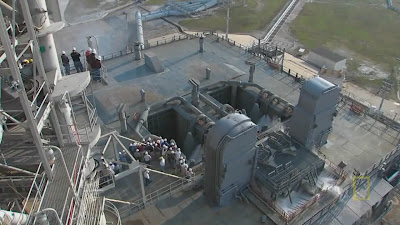










































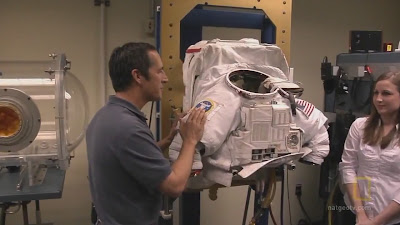


























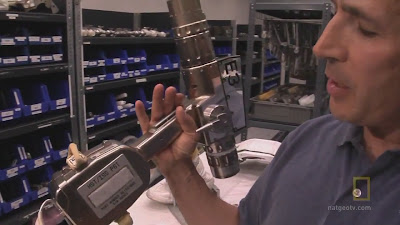






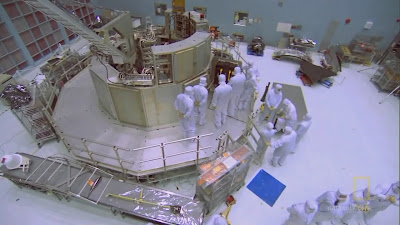










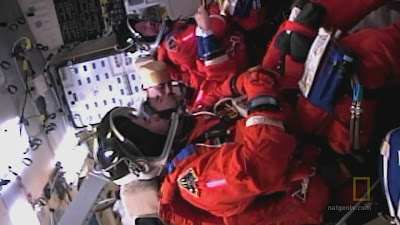





No comments:
Post a Comment